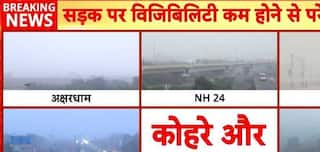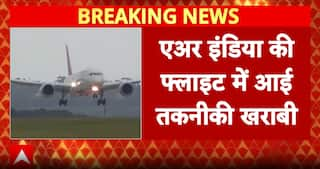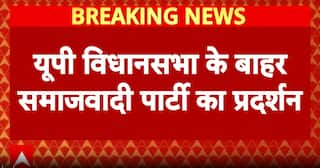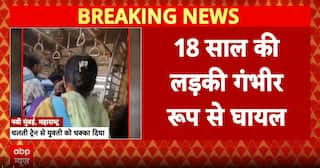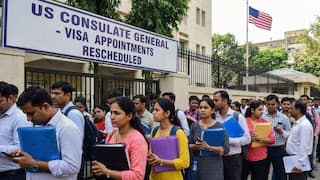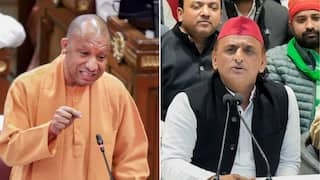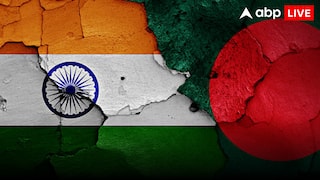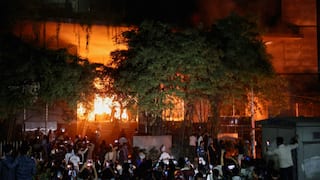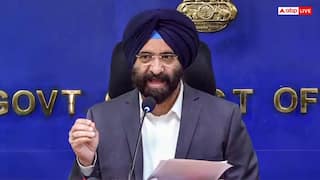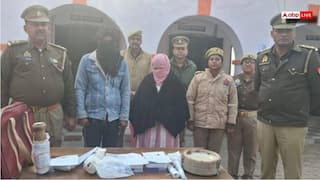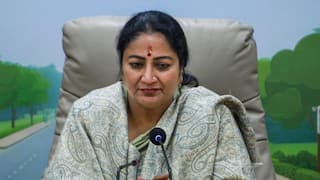Explorer
RBI board meet: How Central bank broke ice with govt on these 5 contentious issues
Both government and the Reserve Bank of India (RBI) pulled back from the brink and shorted out their differences over several issues pertaining to the economy of the country.

Reports have also emerged that the next RBI Board meeting will take place on December 14. (Image: PTI)
New Delhi: Both government and the Reserve Bank of India (RBI) pulled back from the brink and shorted out their differences over several issues pertaining to the economy of the country. After a 9-hour long marathon RBI board meeting held on Monday, both the parties found a middle way and gave each other a respectful timeframe to revisit their stance on the disputed issues. After the conclusion of one of the longest RBI meetings in recent times, the Central bank agreed to consider a loan restructuring plan for small-medium enterprises (SMEs) for a loan exposure of up to Rs 25 crore as advised from the board. The board had advised that the loan scheme should be subject to such conditions as restructuring is essential for ensuring financial stability. Issue of liquidity One of the biggest reasons behind tiff between the government and Central bank which was pertaining to non-banking financial companies (NBFCs) and its liquidity is yet to be discussed at a final level. The Union government is off the opinion that NBFCs are facing a severe liquidity crisis, which is extensively impacting the real estate businesses. Transfer of surplus reserves After a 9-hour long marathon meeting, the RBI board decided to constitute an expert committee to review the request to transfer Central bank’s surplus funds to the government. The membership and terms of reference of which would be finalized jointly by the government and RBI, the central bank said in a statement. Finalising an economic capital framework of RBI or the capital required by the central bank in different risk scenarios has also been a crucial point. As the Union government is struggling to meet its fiscal deficit target of 3.3 per cent of GDP due to poor tax collection numbers, fixing a capital framework could restrict government’s dependency on RBI’s surplus reserves. Prompt Corrective Action or PCA framework During the meeting, both parties came to a conclusion that the Board for Financial Supervision (BFS) - an existing committee of RBI - will now review the Prompt Corrective Action or PCA framework which imposes restrictions on lending for banks which have been hit by bad loans and weak capital. Restructuring of stressed standard assets The Board also advised that the RBI should consider a scheme for restructuring of stressed standard assets of MSME borrowers with aggregate credit facilities of up to Rs 25 crore, subject to such conditions as are necessary for ensuring financial stability, a report by news agency PTI stated. Capital Conservation Buffer (CCB) The reports also suggest that both the parties, while deciding to retain the CRAR at 9 per cent, agreed to further extend the transition period for implementing the last tranche of 0.625 per cent under the Capital Conservation Buffer (CCB), by one year that is up to March 31, 2020. The CCB currently stands at 1.875 per cent but as per the previous deadline by RBI, the remaining 0.625 per cent was to be met by March 2019. Conclusion: Reports have also emerged that the next RBI Board meeting will take place on December 14. The meeting comes as a relief for many who were worried about government invoking Section 7 of the Reserve Bank of India Act, 1934. The act empowers Central government to issue directions to the RBI Governor.
Follow Business News on ABP Live for more latest stories and trending topics. Watch breaking news and top headlines online on ABP News LIVE TV
Read more
Top Headlines
India
Cities
World
Personal Finance











